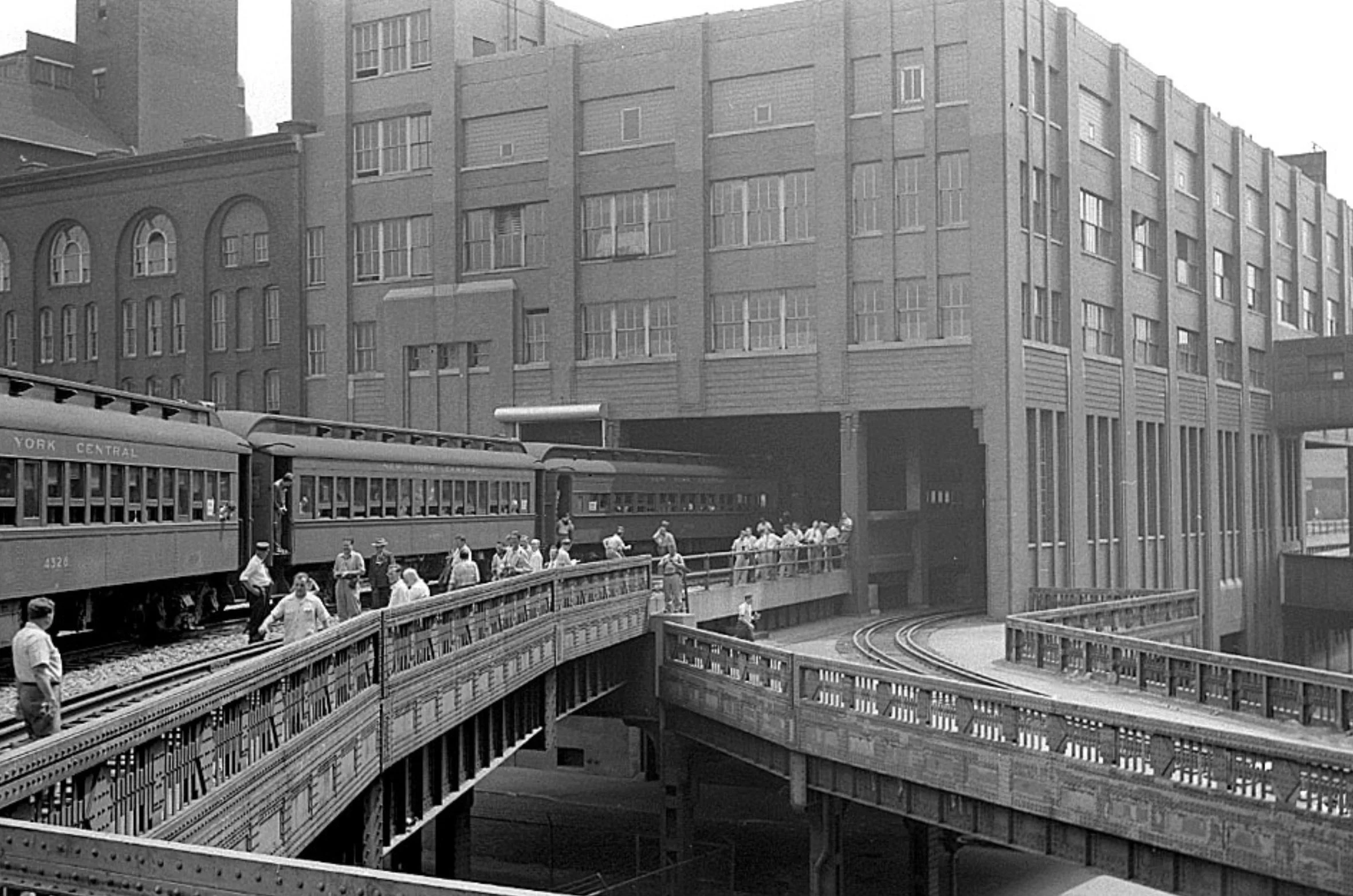NYC Subway.
New York City’s epic development in the late 1800s and 1900s is arguably due to its unmatched train system. The NYC subway system is the most extensive system in the world. It connects four of the five boroughs with rail, includes a free ferry ride to last borough, and contains transfers to the LIRR, PATH and Metro-North trains that connect the tri-state area. In this article, I will discuss the introduction of railway, the consolidation of lines into a public-funded system and the impact the subway system has on Brooklyn and NYC.
Railway was introduced in the 1800s and greatly impacted all types of transportation
Private subway companies were bought out to consolidate a public system
Nearly the entire city is accessible for millions of people each day for work, leisure and residency
Railway was first introduced to the city in 1827. They started as horse-drawn cars that sat on rails and would transport people in lower Manhattan. Rails sat mainly on the avenues and Broadway. By the end of the 19th century, the horse-powered cars were replaced by electric trolleys. And by the 1950s, the trolleys were then replaced by standard buses. In 1870, the first elevated railway began service in Chelsea [1]. This was a major addition that connected the ships and manufacturers of Manhattan to the extents of the railway system. The meatpacking district was able to flourish because freight trains were able to reach the streets of Greenwich village and deliver all the products. This elevated line is no longer in use, but the railway was transformed into a walking park known as the Highline.
Under the supervision of the City, the first official subway line opened in 1904, and from there, a cornerstone of an epic transportation system was set. On October 27th, Mayor George McClellan took the controls of the first inaugural run from City Hall to 145th street in Harlem [2]. One must understand, the early subway lines were owned by private companies and were developed privately until they were purchased the City. The original operating companies were: the Interborough Rapid Transit (IRT) and the Brooklyn-Manhattan Transit Corporation (BMT). In 1922, Mayor Hylan first proposed plans to develop a new subway line and in 1932 under Mayor Matthews, plans came to fruition when the City created the Independent Rapid Transit Railroad (IND) to compete with the other companies [3]. Each one controlled its own lines and stations, and under special circumstances, there would be transfers across different company lines. And then greatness occurred: the City purchased the BMT and IRT in 1940 [1]. The people of the city could finally take all lines with free transfers to buses and all elevated rails as the city would take charge in developing connecting platforms, extending lines and managing prices.
The lines have gone through name changes throughout the years, but generally speaking the colors and rails can be traced to the original companies. The numbered-red, numbered-green and 7 trains were originally owned by the IRT. Whereas the lettered-yellow, lettered-brown and D trains were the old BMT lines, and the lettered-blue lines, G and F trains were developed by the IND Railroad owned by the City. It is no coincidence how the BMT and IND have the same cars as the IND Railroad used the same plans of D-type cars in order to make the lines compatible, and therefore have many shared rails and platforms at stations [3]. The old IRT rails use noticeably different cars.
Due to the consolidated system, millions of people can commute in and out of New York City each day to go to work, to events or to the see the many spectacles of the city. With one metro fare, one can travel from the northern tip of the Bronx, to the Financial District, across the Manhattan Bridge, to Flushing Meadows of Queens, to Rockaway Beach and to the elevated stations of Coney Island. There are over 20 active lines with some incredible stations and terminals. Grand Central Terminal is still a marvel to behold with shops and center space for people to rush from one corner of the city to the other. One noteworthy tragedy was the destruction of Penn Station in order to build an arena known as Madison Square Garden in 1963. To make commuting easy, the building was destroyed as the subway and PATH railroad remained beneath the structure. As if they couldn’t build the arena a few blocks away. Still, even with the constant renovations and varying delays, the NYC subway system makes living without a vehicle in the city possible and the entire city accessible.
By Nick Borak
Places to Visit
Grand Central Terminal - Midtown, Manhattan
A historical terminal that is lively and a classic setting for traveling, shopping and admiring history.
Highline - Chelsea, Manhattan
An elevated railway track that was converted into a walking park with city view, shops and restaurants to enjoy underneath and nearby.
New York Transit Museum - Downtown Brooklyn
The entrance is a subway stairwell, and filled models and history.
http://www.nytransitmuseum.org/
Old Train Cars - Redhook, Brooklyn
There are old train cars next to the waterfront with views of Manhattan and Statue of Liberty.
Sources
[1] New York City Transit - History and Chronology. MTA.info. Metropolitan Transportation Authority. 18 February 2018.
http://web.mta.info/nyct/facts/ffhist.htm
[2] This Day in History: Oct 27. History Channel. History.com. A&E Television Networks, LLC. 18 February 2018.
http://www.history.com/this-day-in-history/new-york-city-subway-opens
[3] Feinman, Mark. History of the Independent Subway. nycsubway.org. Copyright 2012. 18 February 2018.
https://www.nycsubway.org/wiki/History_of_the_Independent_Subway
DISCLAIMER: Most information is acquired by surfing the internet, reading books and watching documentaries. We try to give credit where credit is due. If you find an error or issue with the content, please contact us so we can try to verify and edit the information.



















